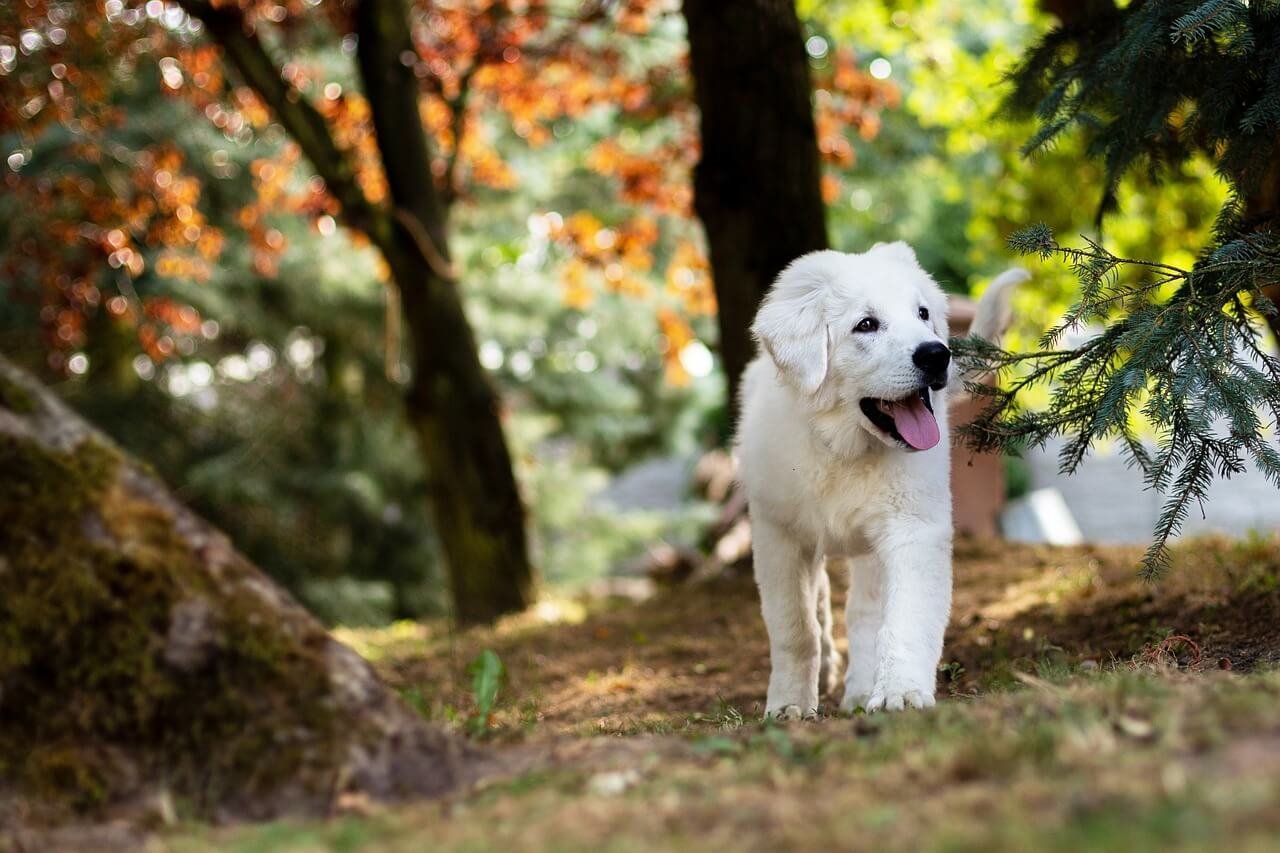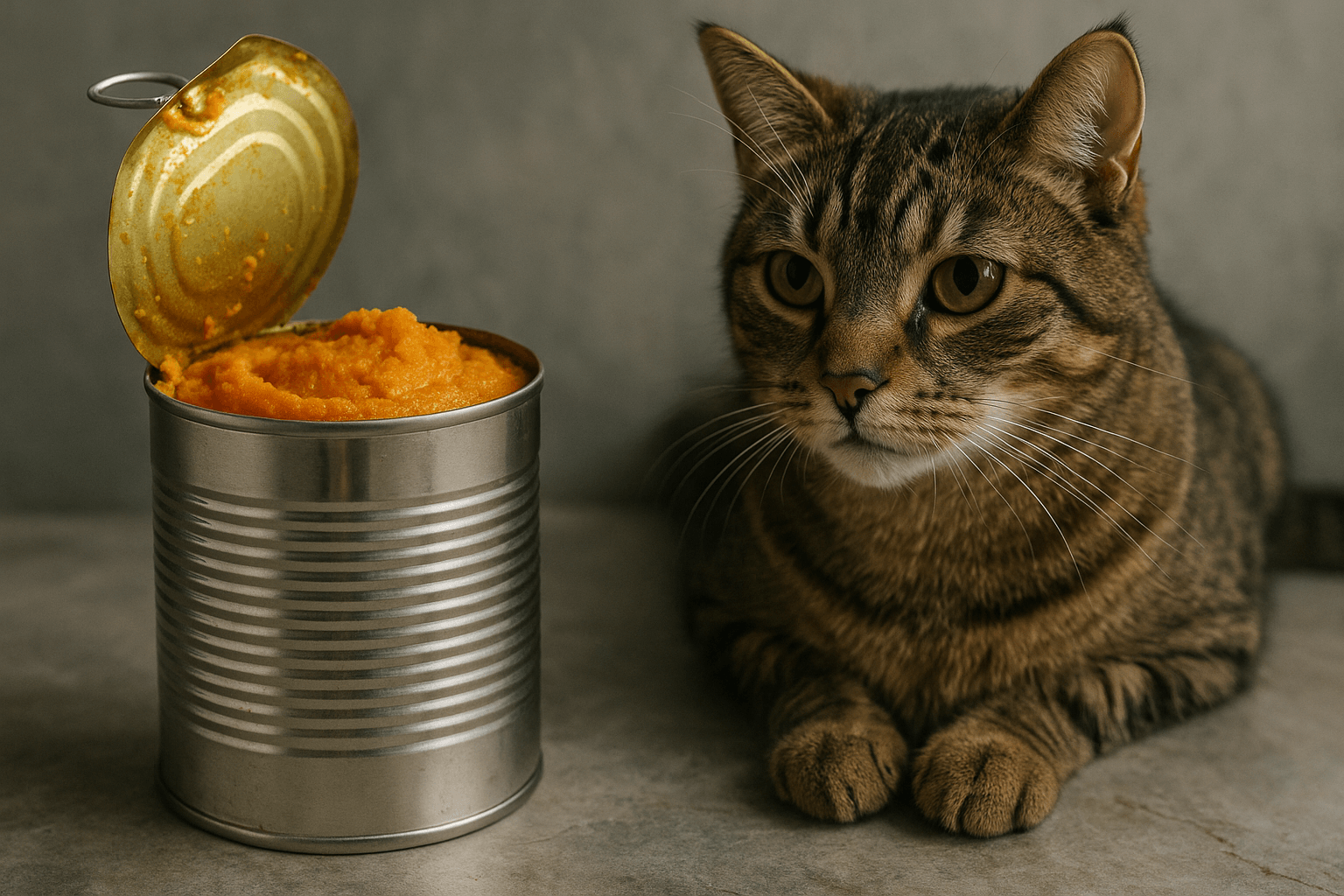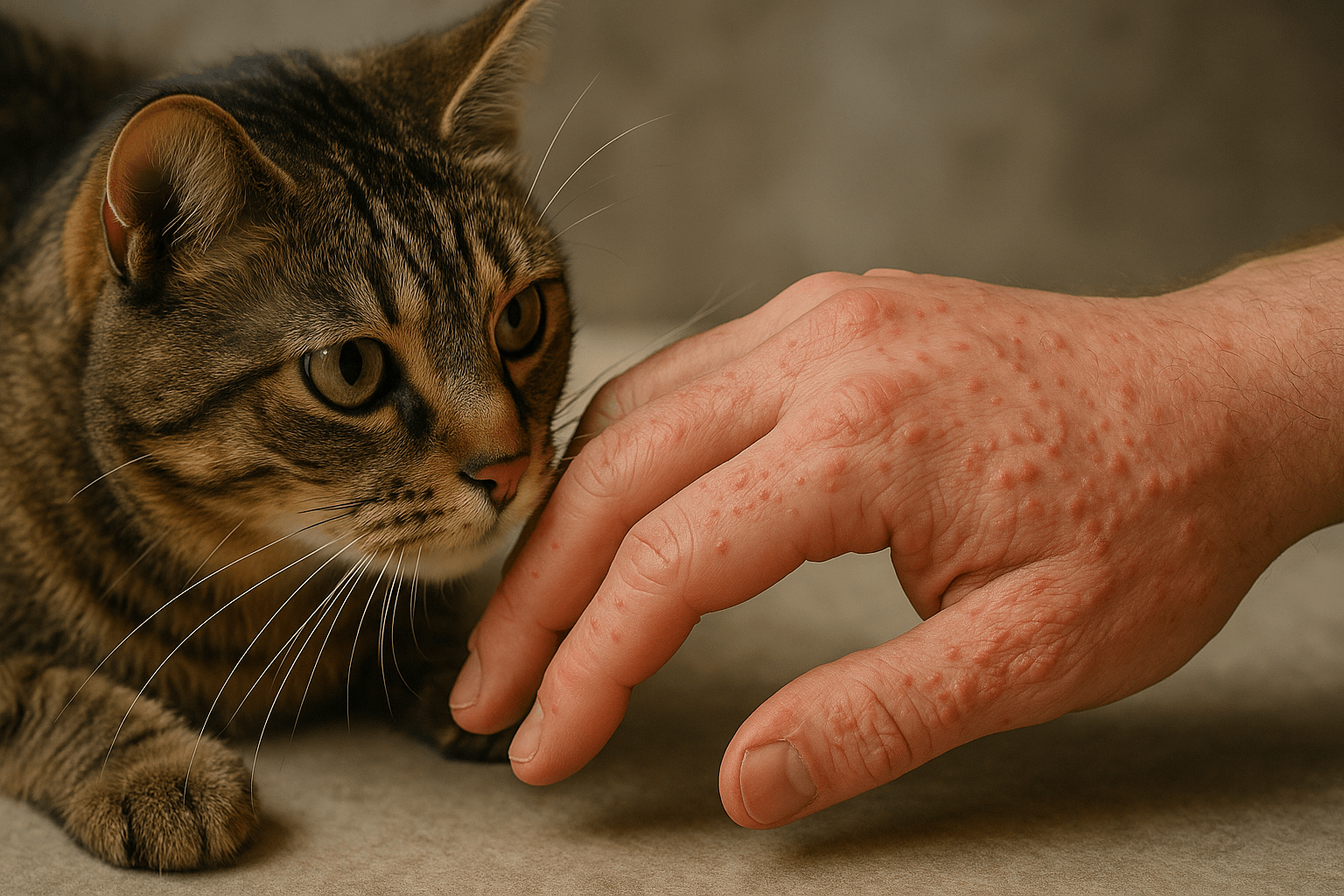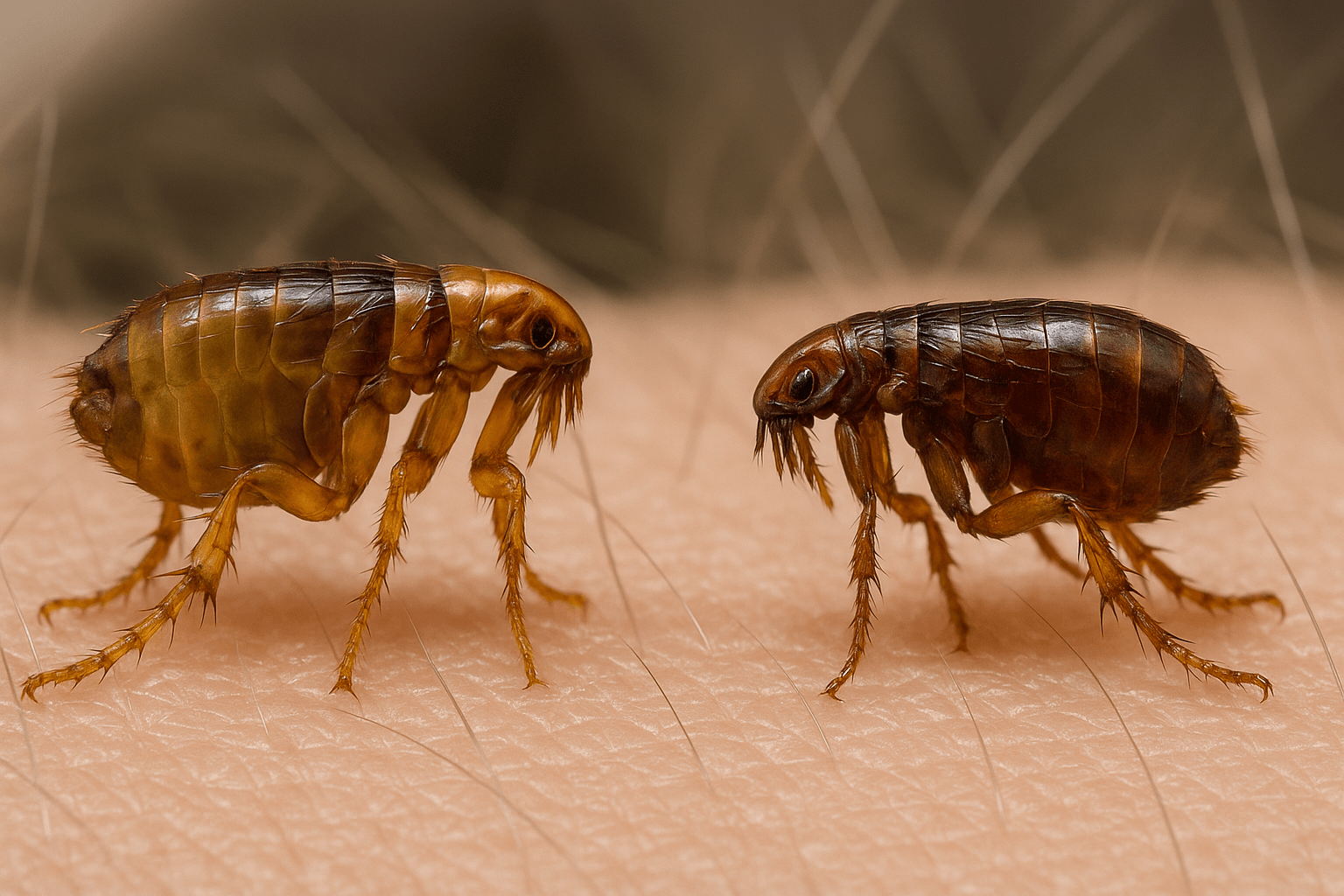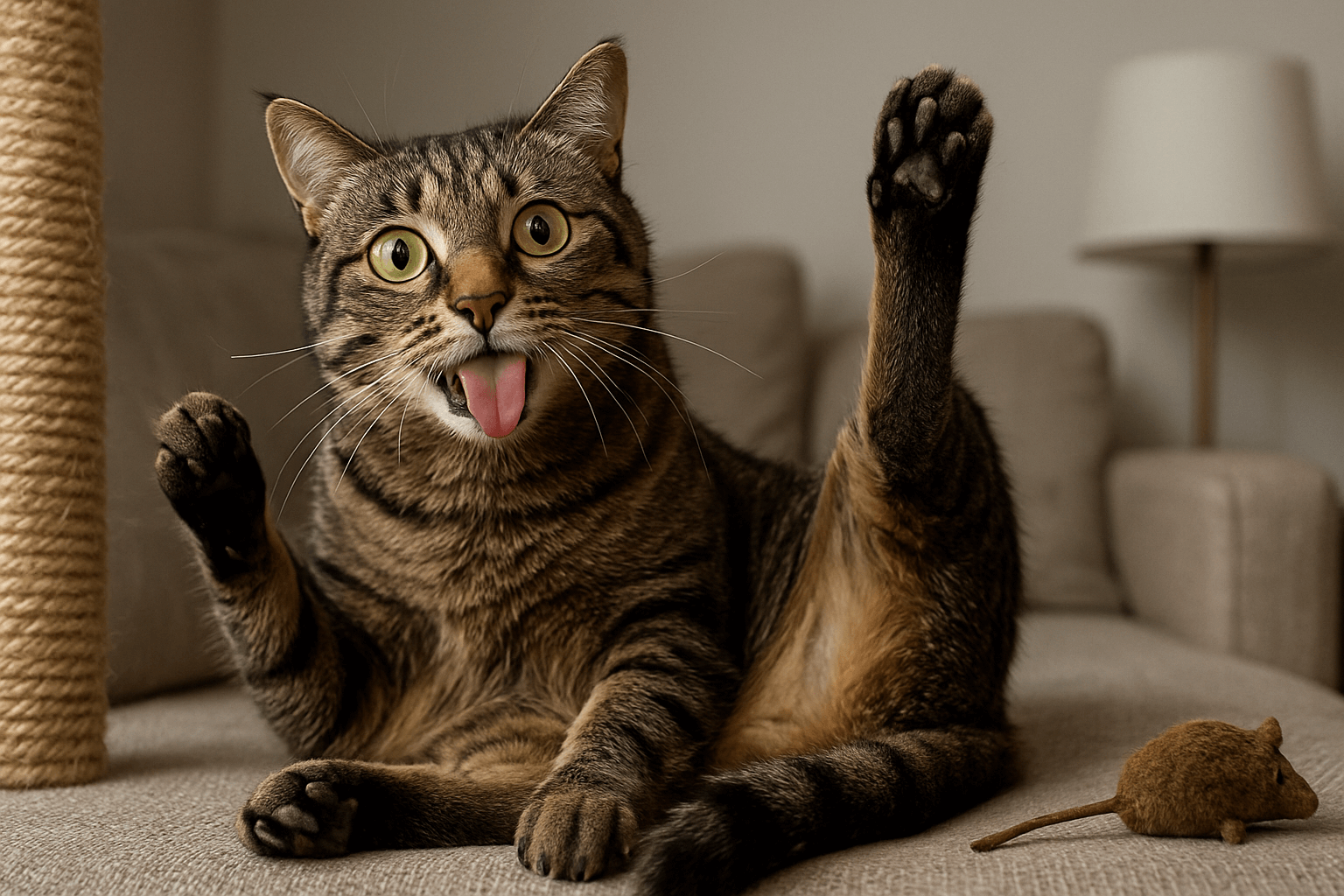Using Iodine for Dogs Wounds: A Safe and Effective Solution?
If your furry friend has ever suffered a cut, scrape, or other injury, you’ve likely wondered about the best way to clean and care for their wound. Iodine is a popular antiseptic used in both human and veterinary medicine, but how safe and effective is it for treating dogs’ wounds? While iodine can be a helpful tool in wound care, it’s important to use it correctly to avoid irritation or complications. In this blog post, we’ll explore the benefits, risks, and proper application of iodine for dogs’ wounds, ensuring your pup gets the care they need to heal quickly and safely.
Benefits of Using Iodine for Dogs’ Wounds
Iodine is widely regarded as an effective antiseptic for cleaning wounds due to its antimicrobial properties. When used properly, it can aid in the healing process and prevent infections. Here are some key benefits:
Iodine kills bacteria, viruses, and fungi, reducing the risk of infection in open wounds.
It helps remove debris and contaminants from the wound surface during cleaning.
Iodine solutions are readily available and easy to use at home.
It promotes faster healing by creating a cleaner environment for the wound to recover.
Unlike some harsh chemicals, iodine is generally safe for topical use when diluted appropriately.
While iodine offers many advantages, it’s essential to use it cautiously and follow proper guidelines to avoid potential side effects.
How to Safely Apply Iodine to Your Dog’s Wounds
Proper application of iodine is crucial to ensure your dog’s safety and comfort. Follow these steps to use iodine effectively:
Dilute iodine with water to create a mild solution, as undiluted iodine can irritate sensitive skin.
Clean the wound gently with warm water or saline before applying the iodine solution.
Use a cotton ball or gauze pad to dab the iodine onto the wound—avoid pouring it directly.
Allow the area to air dry after application to prevent trapping moisture, which can delay healing.
Repeat the process 1-2 times daily, or as recommended by your veterinarian, until the wound shows signs of improvement.
By following these steps, you can minimize discomfort and maximize the effectiveness of iodine for your dog’s wound care.
Check this guide 👉Guide to Dog Wound Care: Best 7 Expert Tips!
Check this guide 👉How to Cover a Wound on a Dog: Best 7 Tips!
Check this guide 👉Can I Put Vaseline on My Dogs Wound? Best 7 Expert Tips!
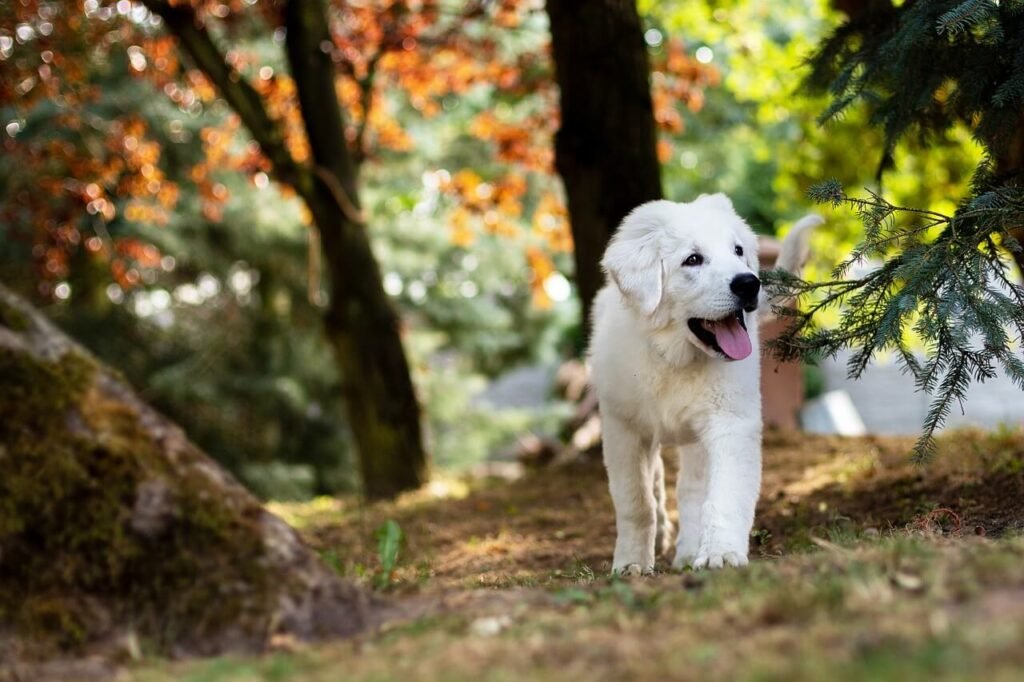
When to Use Iodine for Wounds | When to Avoid Iodine for Wounds |
|---|---|
Superficial cuts and scrapes | Deep puncture wounds requiring sutures |
Minor abrasions that are not bleeding heavily | Wounds with significant swelling or pus |
Cleaning dirty wounds before bandaging | Allergic reactions or sensitivity to iodine |
Preventing infection in fresh injuries | Large open wounds needing professional care |
First aid for minor injuries at home | Burns or severely damaged skin tissue |
Signs That Iodine May Not Be Suitable for Your Dog
While iodine is generally safe, there are situations where it may not be the best choice for your dog’s wound. Recognizing these signs can help you avoid complications:
Redness, swelling, or increased irritation around the wound after applying iodine.
Visible discomfort or pain when iodine comes into contact with the skin.
The wound appears to worsen instead of improving after several applications.
Excessive licking or chewing at the treated area, indicating sensitivity.
Signs of an allergic reaction, such as hives or difficulty breathing (though rare).
If you notice any of these signs, discontinue use immediately and consult your veterinarian for alternative treatments.
Alternative Wound Care Options for Dogs
If iodine isn’t suitable for your dog’s wound or if you’re looking for additional options, consider these alternatives:
Saline solution is a gentle and non-irritating way to clean wounds without risking skin damage.
Hydrogen peroxide can be used sparingly to clean minor wounds but should not be overused.
Antimicrobial sprays or ointments designed specifically for pets provide targeted care.
Manuka honey, known for its natural antibacterial properties, can promote healing in minor wounds.
Veterinary-prescribed medications or dressings offer advanced care for more serious injuries.
Exploring these alternatives ensures you have a range of options to address your dog’s specific needs.
Signs Your Dog’s Wound Needs Veterinary Attention
While minor wounds can often be treated at home with iodine or other antiseptics, some injuries require professional care. Recognizing these signs ensures your dog gets the help they need promptly.
Excessive bleeding that doesn’t stop after applying pressure for several minutes.
Deep wounds exposing underlying tissues, muscles, or bones.
A wound that appears to be infected, with pus, foul odor, or swelling.
Limping or difficulty moving, which may indicate an injury affecting joints or ligaments.
Signs of systemic illness, such as lethargy, loss of appetite, or fever, following an injury.
If you notice any of these symptoms, it’s crucial to seek veterinary attention immediately to prevent complications.
Tips to Prevent Wounds in Dogs
Prevention is always better than cure when it comes to your dog’s health. Here are some practical tips to minimize the risk of injuries and wounds:
Supervise your dog during outdoor activities to prevent accidents or encounters with sharp objects.
Keep your home and yard free of hazards like broken glass, nails, or toxic plants.
Use protective gear, such as booties, when walking on rough terrain or hot surfaces.
Train your dog to avoid dangerous behaviors, like jumping from heights or chewing on hard objects.
Regularly check your dog’s skin and coat for cuts, abrasions, or signs of irritation.
By taking these preventive measures, you can reduce the likelihood of your dog sustaining injuries that may require wound care.
How to Comfort Your Dog During Wound Healing
Healing from a wound can be uncomfortable for your dog, but there are ways to make the process easier and less stressful for them. Here’s how you can provide comfort and support:
Create a quiet, safe space where your dog can rest without being disturbed by other pets or loud noises.
Use an Elizabethan collar or soft recovery suit to prevent licking or chewing at the wound.
Offer gentle massages or soothing words to reassure your dog and reduce anxiety.
Adjust their diet to include foods rich in vitamins and minerals that promote healing, like zinc and vitamin C.
Limit physical activity to allow the wound to heal properly without reopening or worsening.
By prioritizing your dog’s comfort and well-being, you can help them recover more quickly and reduce stress during the healing process.
Frequently Asked Questions About Iodine for Dogs’ Wounds
Is iodine safe to use on my dog’s wounds?
Yes, when diluted and applied correctly, iodine is generally safe for dogs’ wounds.
Can I use iodine on deep wounds?
No, deep wounds require veterinary attention and should not be treated with iodine alone.
How often should I apply iodine to my dog’s wound?
Apply diluted iodine 1-2 times daily, or as advised by your veterinarian.
What should I do if my dog licks the iodine off their wound?
Monitor for signs of irritation; if excessive licking persists, consider using an Elizabethan collar.
Can iodine cause an allergic reaction in dogs?
While rare, some dogs may react to iodine; stop use and consult a vet if signs of an allergy appear.
The Importance of Proper Wound Care for Your Dog
Caring for your dog’s wounds requires patience, attention, and the right tools. While iodine can be a valuable part of your first aid kit, it’s essential to use it responsibly and recognize its limitations. Always prioritize your dog’s comfort and consult a veterinarian if you’re unsure about the severity of a wound or the appropriate treatment. With proper care and vigilance, you can help your furry companion heal quickly and comfortably, ensuring they’re back to their playful self in no time.
Canned Pumpkin for Cat Diarrhea: Best 7 Expert Tips! Natural remedy to firm stools, soothe upset bellies, and support gut health safely.
Can a Cat Give You Scabies? Best 7 Expert Tips! Discover the truth about feline mites, human skin risks, and how to protect yourself—without panic.
Cat Flea vs Human Flea: Best 7 Expert Tips! Discover the truth about bites, species, and how to eliminate infestations for good.
Weird Cat Behaviors: Best 7 Expert Tips! Discover why cats do strange things—and how to understand, not punish, their instincts for a happier home.

